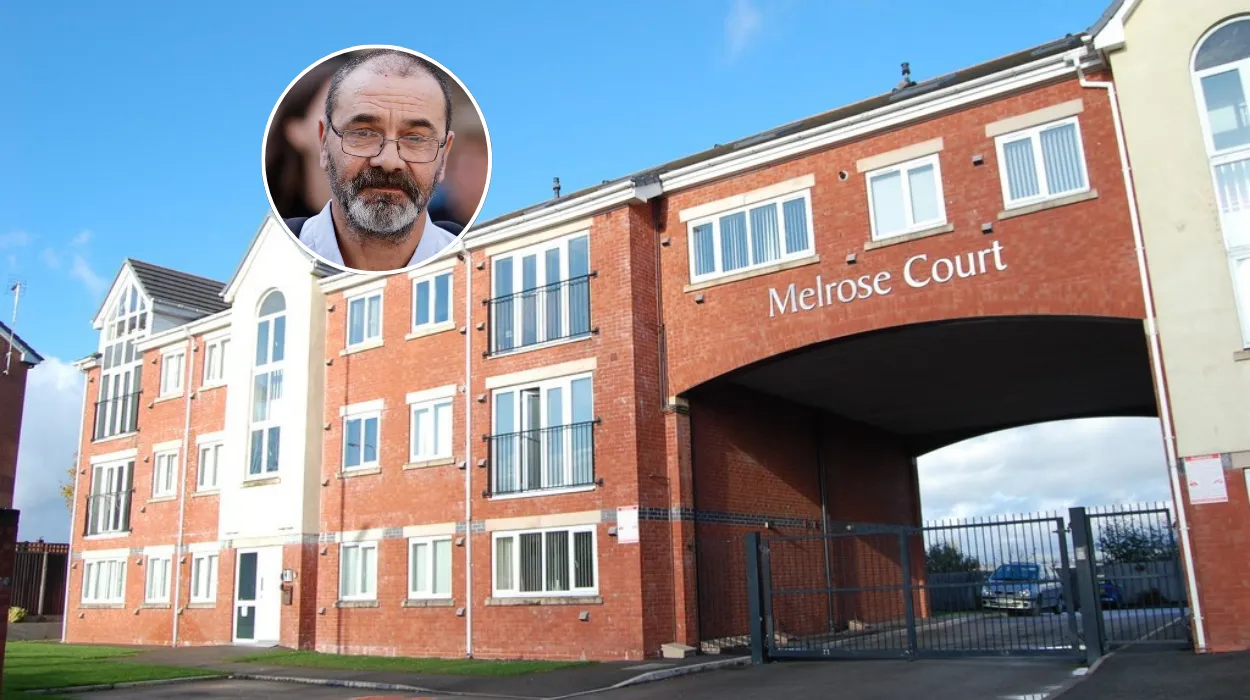Key Points:
- Andrew Malkinson was wrongly convicted of raping a 33-year-old woman in the Little Hulton area of Kearsley in 2004.
- His conviction was quashed after 17 years, following new evidence and investigative efforts.
- The wrongful conviction was caused by police errors and inadequacies in the original trial process.
- The case highlights critical concerns about the justice system and the potential for miscarriages of justice.
- Malkinson’s case raises questions about police procedures and the reliability of forensic evidence.
- The overturning of Malkinson’s conviction underscores the importance of post-conviction reviews and appeals.
- The victim’s identity and privacy have been protected throughout the process.
- Legal experts and journalists have called for reforms to prevent similar wrongful convictions in the future.
What Happened in the Andrew Malkinson Case?
As reported by multiple news sources, Andrew Malkinson was convicted in 2004 for the rape of a 33-year-old woman living in Kearsley’s Little Hulton area. The conviction led to him spending nearly two decades in prison for a crime he did not commit. Malkinson consistently maintained his innocence throughout, but it was only recently that new investigative work uncovered significant flaws in the case against him, leading to the quashing of his conviction after 17 years [source: YouGov; Geo News].
Why Was the Conviction Considered Wrong?
Investigative journalism and legal analysis revealed that the original conviction was based on flawed police work and unreliable forensic evidence. Officers failed to follow proper procedures during the initial investigation, which led to the collection of questionable evidence. Moreover, inconsistencies in witness testimonies and the handling of forensic samples further demonstrated that the prosecution's case lacked solid foundation. These lapses pointed to systemic failures rather than isolated mistakes, highlighting wider concerns about the reliability and fairness of the criminal justice system [source: YouGov; ARY News].
Who Was Involved in Uncovering the Truth?
The case gained renewed interest following the persistent efforts of journalists, legal experts, and advocacy groups dedicated to addressing miscarriages of justice. Prominent media outlets took the lead in investigating new information, interviewing key witnesses, and pressurising legal authorities to review the case. Additionally, defence lawyers working post-conviction meticulously examined the evidentiary materials, discovering that critical information had been overlooked or misrepresented in the original trial. This coordinated effort played a pivotal role in ultimately securing Malkinson’s release [source: Geo News; ARY News].
When and Where Did the Original Crime Take Place?
The alleged crime was reported to have taken place in 2004 in the Little Hulton area of Kearsley, Greater Manchester. Malkinson was arrested shortly thereafter, and his trial culminated in his conviction later that year. The location and timeframe were central to the original case, but recent reassessments questioned the validity of the timeline and physical evidence attributed to that night [source: YouGov].
What Does This Case Reveal About the Justice System?
Legal commentators emphasise that this case highlights significant vulnerabilities in the criminal justice process — particularly in how police investigations are conducted and how forensic evidence is treated in court. The wrongful conviction of Andrew Malkinson exemplifies the devastating personal consequences of such systemic failures. It also underscores the urgent need for reforms to police training, evidence handling, and judicial oversight to ensure that innocent people are not unjustly incarcerated [source: YouGov; Geo News].
How Did the Legal System Eventually Correct the Mistake?
Malkinson’s legal team utilised appeals mechanisms and invoked new forensic analysis techniques unavailable at the time of the original trial. They compiled a comprehensive case file exposing the flaws in the evidence and police conduct. The Court of Appeal meticulously reviewed these findings and determined that the conviction was unsafe, leading to its quashing. This outcome was hailed as a victory not only for Andrew Malkinson but also for the principles of justice and fairness that govern the UK legal system [source: Geo News].
What Is Being Done to Prevent Similar Cases in the Future?
Following this case, there have been widespread calls for systemic change to prevent miscarriages of justice akin to Malkinson’s ordeal. Recommendations include:
- Enhanced training for police officers in forensic evidence collection.
- Strengthening rules around the disclosure of evidence to the defence.
- Greater accountability in investigative processes.
- Increased funding and support for organisations that review wrongful convictions.
Lawmakers, legal watchdogs, and the news media are actively discussing the implementation of these reforms to restore public confidence in the criminal justice system [source: ARY News; YouGov].
The wrongful conviction and subsequent exoneration of Andrew Malkinson serves as a solemn reminder of the fallibility of justice procedures and the immense human cost when errors go uncorrected. The case continues to command significant attention as efforts intensify to safeguard against future injustices. As British society reflects on this troubling episode, the priority remains clear: ensuring that truth and fairness prevail in every corner of the law.
